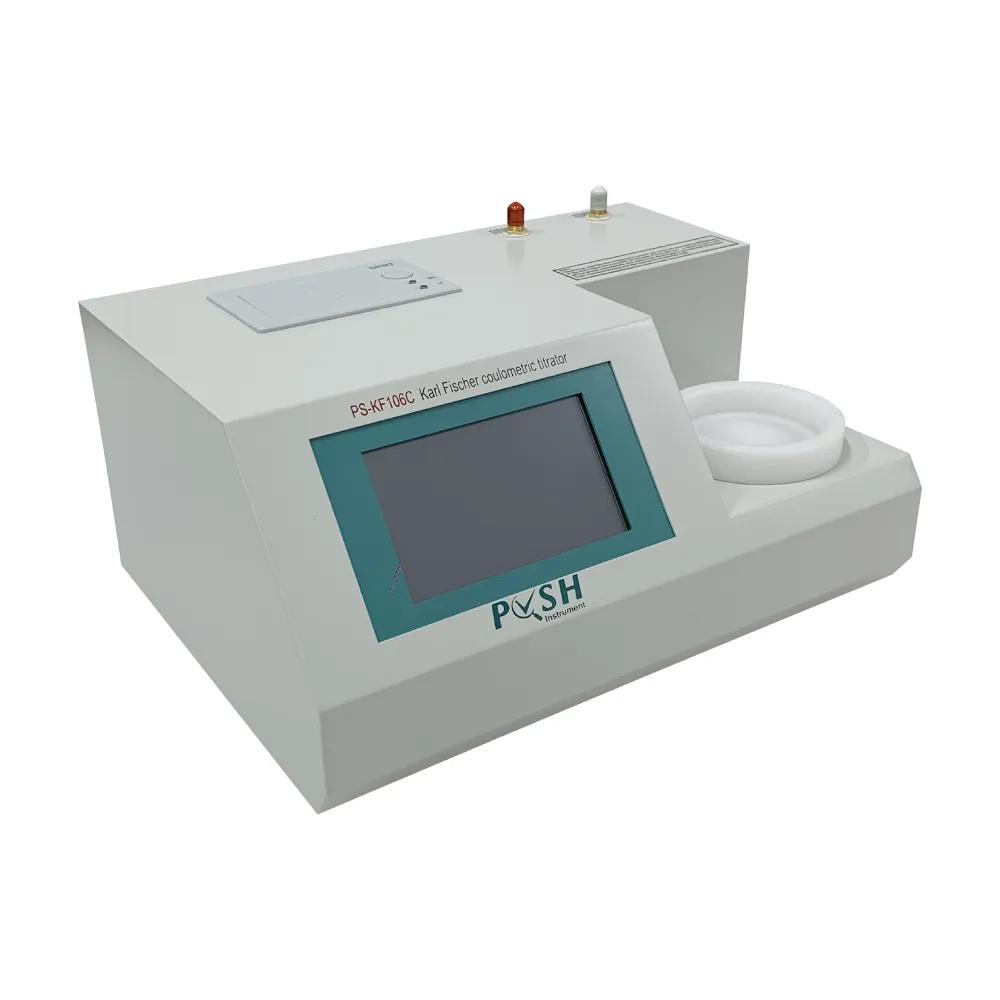 English
English


Testing Transformer Performance Using a Multimeter for Accurate Electrical Measurements and Diagnostics
Understanding Transformer Checking with a Multimeter
Transformers are essential devices in electrical engineering, playing a crucial role in power distribution and voltage regulation. Whether in industrial settings or residential areas, ensuring that transformers operate correctly is vital for the safety and efficiency of electrical systems. One effective way to check the functionality of a transformer is by using a multimeter. This article will delve into the importance of transformer checking, the tools required, and the step-by-step process of using a multimeter for this purpose.
Importance of Transformer Checking
Regularly checking transformers helps to identify potential issues like insulation breakdown, winding faults, and connection problems before they result in catastrophic failures. Failure to maintain transformers can lead to power outages, equipment damage, and even safety hazards such as electrical fires. By conducting routine checks, operators can ensure reliability, extend the lifespan of the equipment, and maintain operational safety.
Tools Required
To check a transformer, the primary tool needed is a multimeter, which combines the functionality of several instruments in one. A digital multimeter (DMM) is preferable due to its ease of use and readability. Other tools might include
1. Insulation Resistance Tester To measure the insulation quality and identify any breakdowns. 2. Screwdrivers and Wrench For safe access to terminal connections. 3. Personal Protective Equipment (PPE) Safety gloves, goggles, and insulated tools to protect against electrical hazards.
Step-by-Step Process of Checking a Transformer
1. Safety First
Before starting any checks, ensure that the transformer is de-energized. This means disconnecting it from the power source and using lockout/tagout procedures to prevent accidental energization. Always wear personal protective equipment (PPE) to safeguard against electric shock.
transformer checking with multimeter

Conduct a visual inspection of the transformer. Check for any signs of physical damage, such as leaks, corrosion, or loose connections. Ensure that there is no accumulation of debris around the transformer, as this can lead to overheating.
3. Measuring Voltage
With the multimeter set to measure voltage, check the primary and secondary voltage levels of the transformer. This will help determine if the transformer is functioning correctly. For a three-phase transformer, measure the voltages across phases and between neutral and each phase. The readings should correspond to the specifications outlined in the transformer’s technical sheet.
4. Measuring Resistance
Next, switch the multimeter to measure resistance. Disconnect the secondary side of the transformer and measure the resistance of the windings. For a transformer with multiple windings, measure each one separately. Compare the resistance values with the manufacturer's specifications. An unusually low or high resistance could indicate a fault in the winding insulation or a short circuit.
5. Insulation Resistance Testing
Using the insulation resistance tester, check the insulation between the windings and the transformer casing. This is critical for ensuring that the transformer is safe to operate. A reading below the acceptable range (typically 1 MΩ or more, depending on the specifications) may indicate degraded insulation.
6. Document Findings
Finally, document all measurements and observations. This record will be invaluable for future maintenance checks and can help in tracking the health of the transformer over time.
Conclusion
Checking a transformer with a multimeter is a straightforward yet vital process that helps ensure the reliable operation of electrical systems. Regular maintenance and testing not only promote safety but also ensure that transformers function at peak efficiency. By adhering to proper procedures and using the right tools, electrical professionals can extend the life of transformers and contribute to the overall health of the electrical grid.
-
Differences between open cup flash point tester and closed cup flash point testerNewsOct.31,2024
-
The Reliable Load Tap ChangerNewsOct.23,2024
-
The Essential Guide to Hipot TestersNewsOct.23,2024
-
The Digital Insulation TesterNewsOct.23,2024
-
The Best Earth Loop Impedance Tester for SaleNewsOct.23,2024
-
Tan Delta Tester--The Essential Tool for Electrical Insulation TestingNewsOct.23,2024





